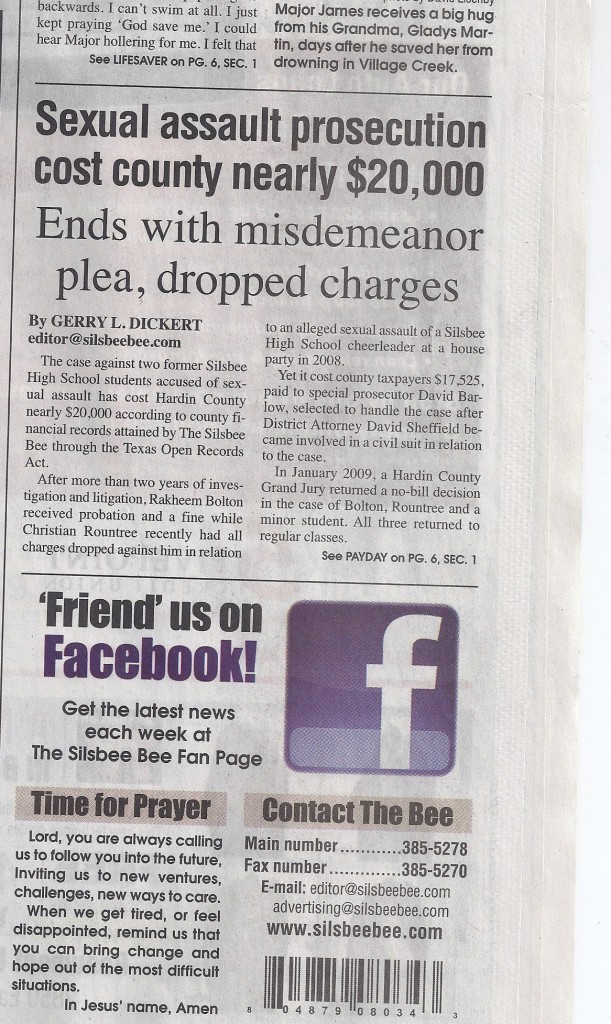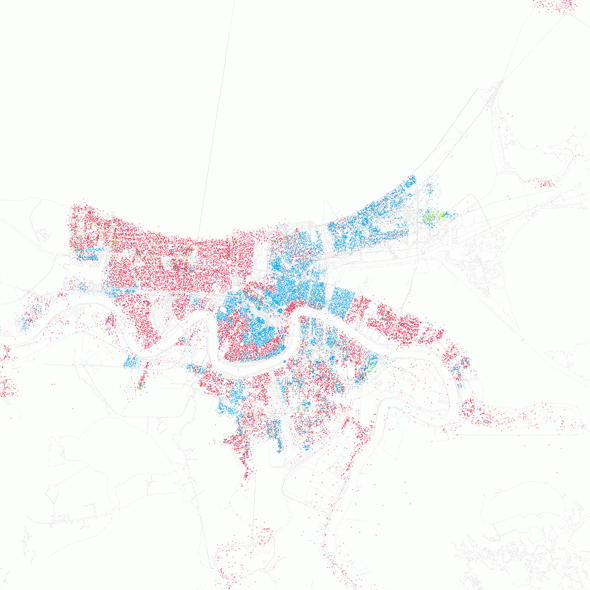The Demographics
During disasters, poor people, people of color, and the elderly die in disproportionate numbers (source), and Katrina was no exception. Many decisions were made in the days leading up to and shortly after Katrina that amplified loss of life for these groups. New Orleans is both a poor (23% poverty rate pre-Katrina – twice the national average) and segregated city, and these factors led to loss of life. First, an effective evacuation plan was not in place that accounted for the 112,000 poor, mostly black New Orleanians without cars. Additionally, the timing of the storm at the end of the month meant that those receiving public assistance were unusually cash-strapped. To make matters worse for poor people with children, school had just started so expenses for the month were higher than usual.
The immobile poor were disproportionately left behind and lost their lives. A comprehensive study of evacuees to Houston (who had stayed behind during the storm) found that 22% were physically unable to evacuate, 14% were physically disabled, 23% stayed in New Orleans to care for a physically disabled person, and 25% were suffering from a chronic disease (source). Also,
• 55% did not have a car or a way to evacuate
• 68% had neither money in the bank nor a useable credit card
• 57% had total household incomes of less than $20,000 in the prior year
• 76% had children under 18 with them in the shelter
• 77% had a high school education or less
• 93% were black
• 67% were employed full or part-time before the hurricane
Age was also a factor in fatalities. Nearly 40% of those who died in Katrina were elderly, and many more elderly individuals died from the stress of evacuation and home loss.
Government Response
Mayor Nagin received nearly $20 million to establish a workable evacuation plan in plenty of time for Katrina, but it’s questionable whether it was ever developed, and it was never disseminated. Two months before Katrina, Nagin spent money to produce and distribute DVDs in poorer neighborhoods to inform residents that they would be on their own if a storm hit because the city could not afford to evacuate them. In the days before the storm, Nagin sent empty Amtrak trains out of the city, failed to mobilized available school and other buses, and waited an entire day to call for a mandatory evacuation so he could determine whether the City would face lawsuits from local businesses (source). All of these decisions were deadly.
The federal response was no better. The city was quiet after the storm whipped through late Sunday night/early Monday morning when President Bush announced that New Orleans had “dodged a bullet.” Within hours, three major levees breaches and over fifty minor breaches flooded the city. Despite Governor Blanco’s request for federal assistance on Saturday (two days before the storm made landfall) and concern from local media on Sunday (one day before the storm) that the levees wouldn’t hold, they breached on Monday morning with only two Federal Emergency Management Agency (FEMA) workers on the ground (see the timeline). It would take two days for 1,000 additional officials to arrive.
Once on the ground, FEMA slowed the evacuation with unworkable paperwork and certification requirements. Marc Cresswell, a medic from a private ambulance company, reported that “At one point I had 10 helicopters on the ground waiting to go, but FEMA kept stonewalling us with paperwork. Meanwhile, every 30 or 40 minutes someone was dying.” FEMA was also criticized for turning away personnel, vehicles, medical equipment, food and other supplies, and diesel fuel.
The 30,000 people who evacuated to the Superdome (per Nagin’s instructions) were stranded for a week. Those who evacuated to the Superdome experienced deplorable conditions – unbearable heat, darkness, the stench of sewage, and a lack of food and water. They were not allowed to leave, and, according to several evacuees I interviewed in Texas shortly after the storm, this led one man to take his life by jumping from a balcony. This death was one of only six deaths at the Superdome: one person overdosed and four others died of natural causes. Another 20,000 people gathered at the Convention Center for assistance, an evacuation site the federal government was unaware of until three days after the storm.
President Bush was otherwise occupied during this time. The day Katrina hit, he traveled to Arizona and California to promote his prescription drug plan, had birthday cake with John McCain, and attended a Padres game.
Panicked at the slow federal response, Governor Blanco sent an urgent request: “Mr. President, we need your help. We need everything you’ve got.” The president retired to bed that night without responding to Blanco. The next day, he sang songs with country singer Mark Willis and returned to Texas for the final night of his vacation. The President was so oblivious to the suffering in New Orleans that his staff made a video of news coverage four days after the storm to sensitize him. And, in response, President Bush’s team assembled a carefully crafted PR plan to blame local officials seven days into the ordeal while thousands of people were still stranded. Later that same day, President Bush made the infamous statement, “Brownie, you’re doing a heckuva job.”
Cross-posted at Caroline Heldman’s blog.










